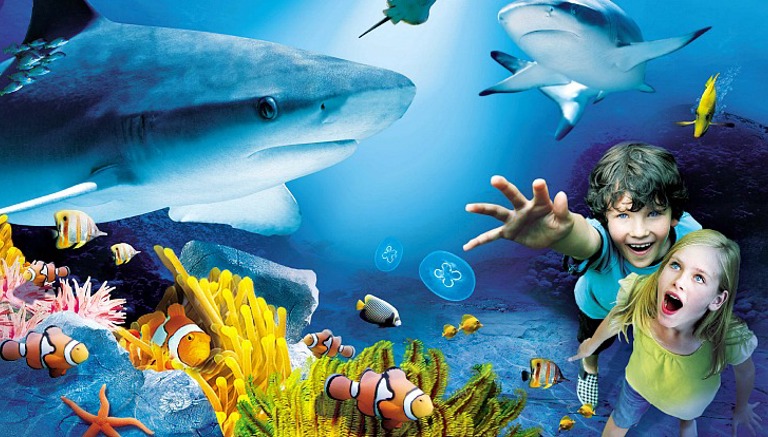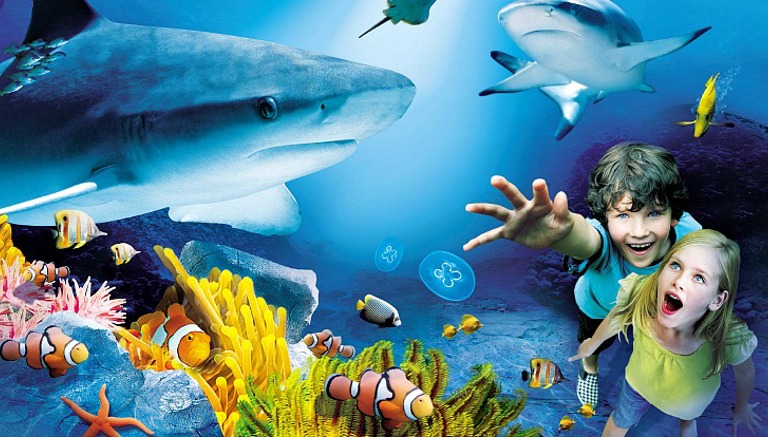New Look Display at Sea Life Centre
22/01/2016
Residents of Scarborough Sea Life Centre’s new look ocean tank when it re-opens next month will include two very special captive-bred sharks.
They are male and a female blacktip reef sharks, born in Germany at Sea Life centres in Oberhausen and Timmendorfer Strand respectively.
They were among the first dozen successful offspring in a Europe-wide captive breeding programme which could provide a long-term lifeline for the survival of the species in the wild.
Though currently not endangered, some localised colonies of blacktips have been wiped out by the shark-finning industry.
“The knowledge gained by the Sea Life network’s breeding programme could prove invaluable if reintroduction to the wild proves the only way of saving the species in the future,” said Scarborough displays supervisor Lyndsey Crawford.
“With an estimated 700,000-plus sharks being killed every year, there is a very real risk of extinction for many species.”
Scarborough’s ocean display has undergone a £200,000 redevelopment including the installation of a simulated coral reef with its own shipwreck.
It is now believed to be a perfect home in which the two young sharks – both born last summer – can mature and eventually produce second generation captive bred offspring.
“They won’t reach sexual maturity for another four to five years,” said Lyndsey, “but we think introducing them to each other now and allowing them to mature together will improve their breeding prospects when the time comes.”
Another significant new feature of the re-worked Ocean Display will be a miniature beach with a slope leading up to it to enable sea turtle Antiopi to haul out and lay eggs.
A loggerhead turtle, Antiopi was re-homed in Scarborough 17 years ago after recovering from a severe head wound inflicted by either a boat propeller or fisherman’s gaffe hook in the seas off southern Greece.
Though this left her with brain damage, Antiopi enjoys a good quality of life at Scarborough where she is doted on by the animal care team…and where she has recently reached maturity and begin producing eggs.
“They are obviously infertile, but we nevertheless want to give her the opportunity to haul out and make a nest like she would in the wild, rather than just eject them onto the bed of the tank,” said Lyndsey.
And the new-look display will also house a pair of bonnet-head sharks, close relatives of hammerheads.
The Ocean Display will be completed and it’s residents introduced towards the middle of February.
Meanwhile visitors are finding plenty of other attractions to enjoy, including the unique ‘walkthrough’ Penguin Island, resident otters and both rescued and resident common and grey seals.
And everyone through the doors before the grand unveiling of the new display gets a free ticket to come back and see it once it is finished.


